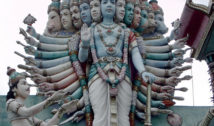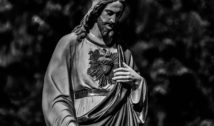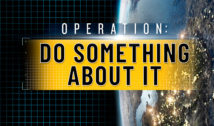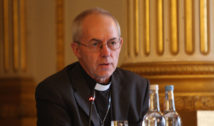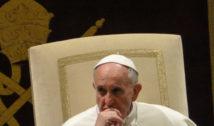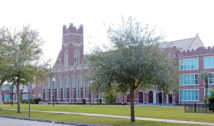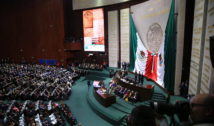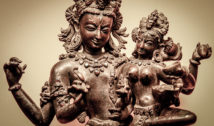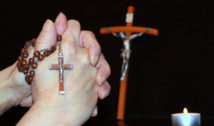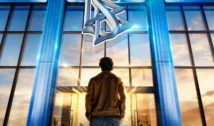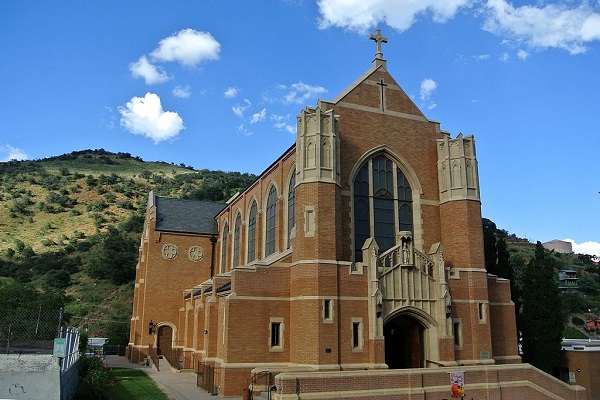
Will Your Church Use Facial Recognition Software to Track Your Church Attendance?
- By Alison Lesley --
- 11 Aug 2015 --
![By Karen Fasimpaur (Own work) [CC BY-SA 4.0], via Wikimedia Commons](http://www.worldreligionnews.com/wp-content/uploads/2015/08/St._Patricks_Roman_Catholic_Church_3_Bisbee_AZ.jpg)
Recognition software used to track church members benefits churches, but raises privacy concerns.
If you think that church matters are as old as its teachings, you’ll be surprised how technologically advanced some places of worship. Would you believe that there are now churches in the U.S. and around the world that are using facial recognition technology to track their member’s attendance during a mass or service? The number of churches using this type of tech is only expected to grow in the future.
The software is provided by Churchix which is a subsidiary of Skakash, an Israeli company with expertise on such technology. To be described simply, the facial recognition system works by comparing actual photos or videos taken through a camera with the church’s database of member photos. The first users of the technology include airports, government agencies, and large businesses, including casinos. The company eventually saw the demand for its application in churches.
According to Skakash CEO Moshe Greenshpan, 40 churches have ordered their technology and are now being served. Among these, eight are those located in the United States. Greenshpan cites several benefits for using facial recognition in churches. It can be used to: check member attendance and activity; help increase mass or service attendance; increase church donations; ensure security like the identification and blocking of a misbehaving visitor; and the reduction of manual labor needed to check attendance.
It was announced late last year that facial recognition would be installed at Temple Mount in Jerusalem as a security measure to protect visitors of the holy site.
@OYEPBreakinNews Wt*??? What in the wide, wide, world of sports is a goin' on here??? Why do churches need facial recognition software?
— Sonja Wiles (@KingJesusRocks) July 29, 2015
Scott Thumma of the Hartford Institute on Religion says that tracking member engagement is not a new idea for churches. In several studies conducted in 2005, the majority of churches already used computerized databases and member tracking tools in one form or another. Churches have also been effectively using websites and security cameras since then. This is how churches could easily estimate the number of members or attendees at any given event.
The issue on privacy and accountability
If the facial recognition system has its benefits for churches, there’s also the issue or question on privacy and accountability. Greenshpan thinks that privacy will certainly be compromised. And the only way to make it transparent is to have the member’s consent before including him or her in the database.
Thumma thinks that the technology will not be welcomed by the megachurches during these times wherein responsibility and accountability are still challenges that the largest churches have to face. He cites that “Most megachurches would probably prefer not to invade privacy by using the software at worship services and instead create smaller groups and ministries to get to know parishioners and their habits.” He compares the idea to the reality show “Big Brother,” implying that it eventually makes pastors omniscient like God, who sees everything.
Kent Shaffer of Open Church has a similar opinion. Shaffer thinks that “With the concept of facial recognition software is an underlying subconscious hunch that this is wrong because it’s an inauthentic substitute for one-on-one relationships. Imagine, ‘And then the apostles walked into the assembly, and their faces were scanned.’ It seems like it misses authenticity.”
But Shaffer, in the end, believes that churches and people will eventually adapt to these new technologies in the future.

